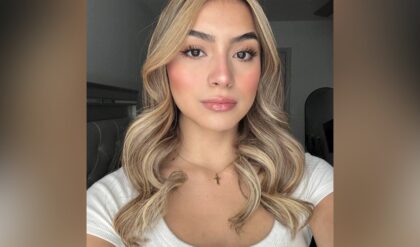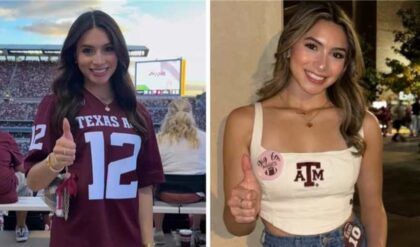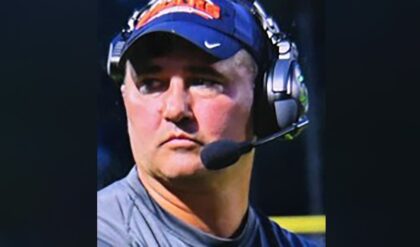For some new viewers to American Horror Story, it wasn’t the thrills and chills of the horror-themed anthology series that drew them in – it was the incredible costumes! And nowhere were they more on full, Technicolor display than in the fourth season, American Horror Story: Freak Show. The setting of a raucous and titillating traveling carnival in Jupiter, Florida in 1952 provided the perfect excuse to dive into the wild and wacky world of circus performers, circus patrons, and because the name says it all, circus freaks.
Over the course of the season, viewers came to know all the mystery and mayhem associated with the circus, as well as grow sympathetic towards its motley crew of societal misfits. Costume designer Lou Eyrich worked closely with co-creator Ryan Murphy to create costumes that not only conveyed the whimsy of the setting and era, but also functioned with the incorporation of all the special effects needed to transform the actors. Step right up, buy your ticket, and explore 10 hidden details behind the costumes to one of the most eye-catching seasons of American Horror Story.
THE COSTUMES HAD TO ACCOMMODATE PROSTHETICS
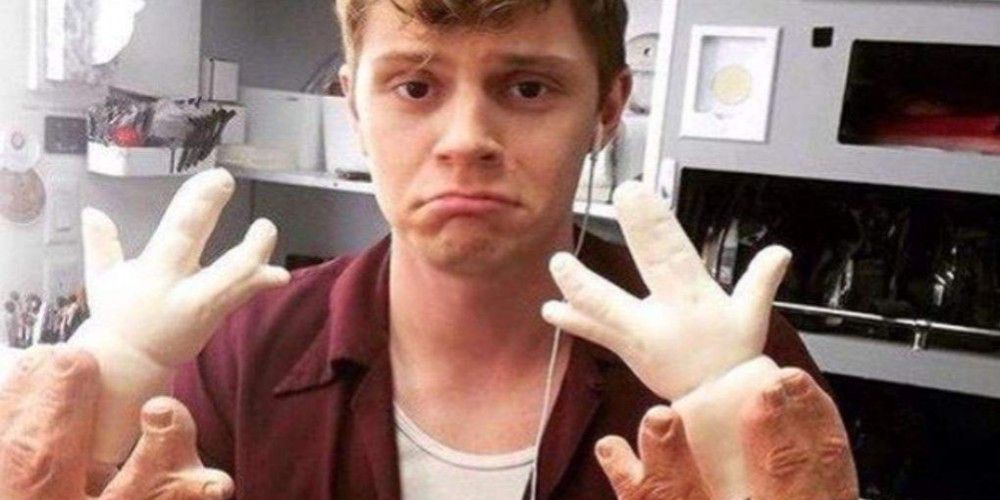
When preparing to dress the cast of Freak Show, Lou Eyrich had to work very closely with the prop and special effects department because many of the actors would be wearing prosthetics. Evan Peters, playing Lobster Boy, had claw hands that had to have shirts specifically designed to accommodate their dimensions.
Other characters, like Jyoti, who’s only two feet tall, have to be given special consideration when it comes to the sort of clothing they can feasibly move around in the most comfortably. Then there are characters who are over seven feet tall, and have three breasts, all of which make for the most ingenious patterns.
COLOR WAS VERY IMPORTANT
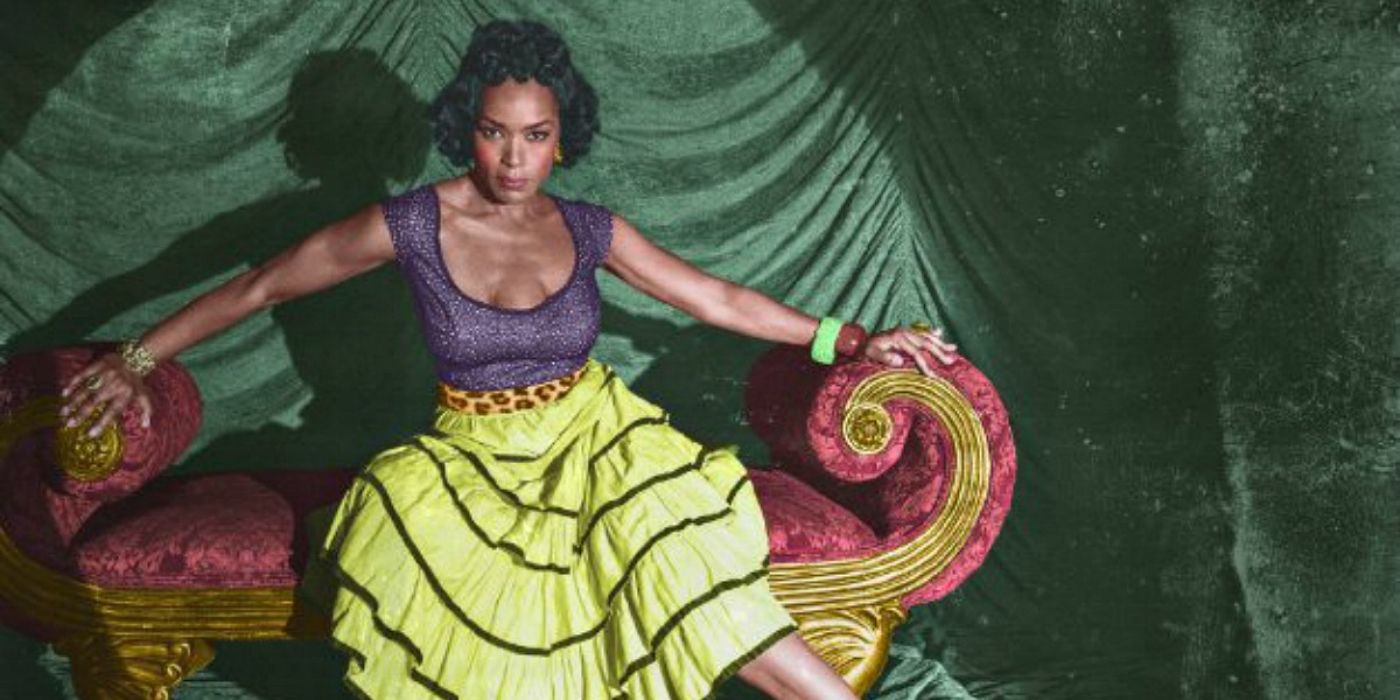
Whereas Murder House, Coven, and Asylum all shared a muted color palette, Freak Show was allowed to run free. At first, Lou Eyrich and Ryan Murphy wanted dust bowl hues to the clothing, but soon they found themselves drawn to the technicolor vibrancy of the carnival.
The bright colors of lemondrop yellow and robin’s egg blue were very important in establishing the sense of wonderment that Murphy wanted to create. Behind every brightly dressed character a darkness lurked, but their jovial presentation lulled viewers into a false sense of comfort until it was revealed later in the plot.
THEY WERE MEANT TO EVOKE A THEME
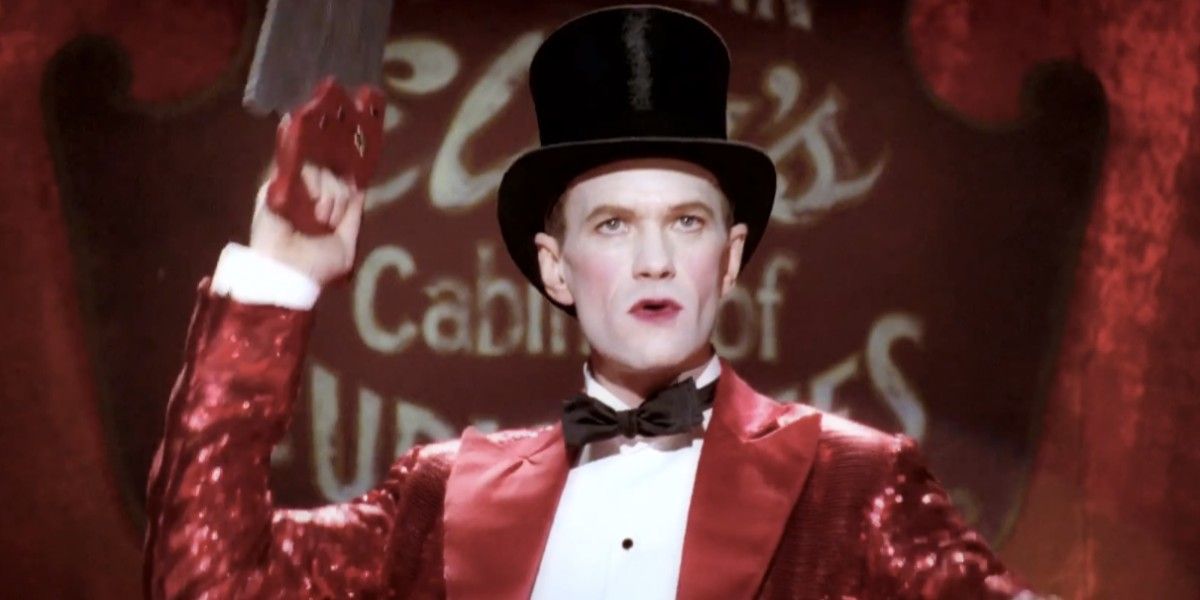
With the all-black chic of Coven having come right before it, Freak Show had to create a contrast, not just in the colors of its costumes but also in its theme. It needed to be whimsical, playful, and also communicate the absurd, all aspects that go into making a carnival come to life.
The costumes were meant to convey curiosity, and capture the imagination of children going to a circus for the first time. The clothing of each character wasn’t meant to be as “stylish” as Coven or as “uncomfortable” as Asylum, but capture the frenetic theatricality of the particular time in American history.
ALL TRUE FREAKS WORE COLOR
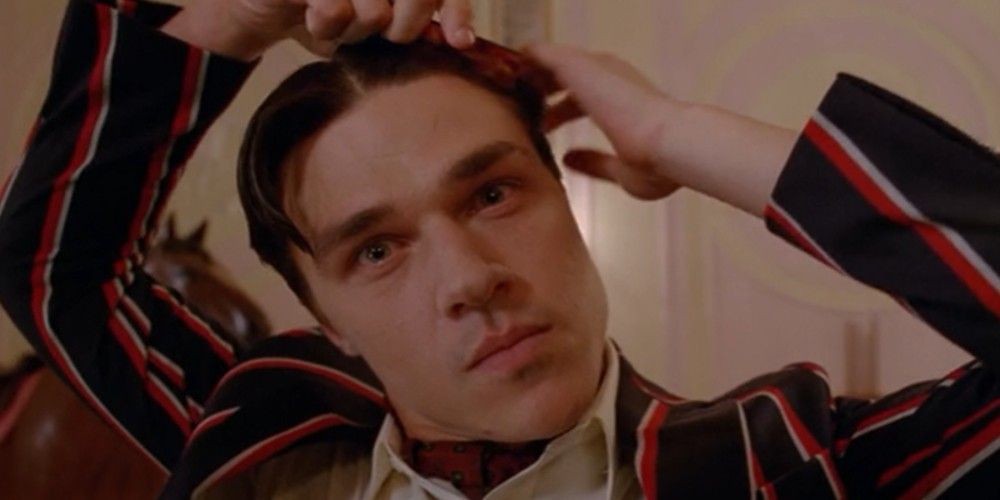
In the early portions of the costume design process, Lou Eyrich had thought to use more muted colors, earth and jewel tones, for more characters than just the townspeople of Jupiter, Florida. But after speaking with Ryan Murphy, she decided that the true “freaks” would be the colorful ones.
That’s why even though Dandy Mott isn’t a part of the “Freak Show” per se, he wears clothing that give clues as to his true home; as a freak in the circus. He is more like them, in his quest to truly be himself, than he is like the society whose conventions his family is a slave to.
MANY OF THE COSTUMES WERE BASED ON REAL FREAKS
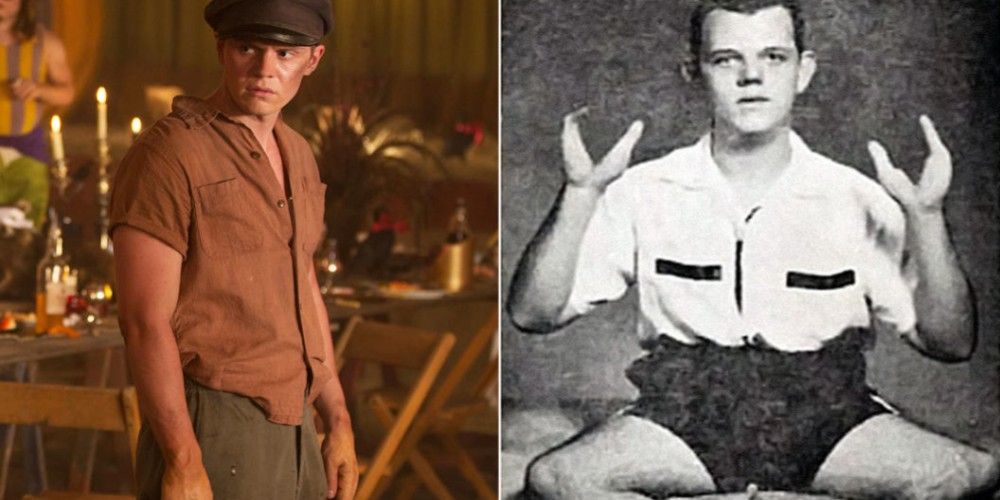
Many of the characters in Freak Show were based on real circus freaks, or people considered to be “freakish” in their day. The character of Edward Mordrake was based on a real person who was born with a congenital twin that hadn’t finished developing, resulting in a face on the back of his head that supposedly would talk to him, eventually driving him mad.
Jimmy Darling, Lobster Boy, was based on real circus freak Grady Stiles Jr., who was a well-known circus performer. By basing some of the characters off of real people, costume makers could consult their photographs to get a better idea of what they should wear.
SOME OF THEM TOOK HOURS TO MAKE, PUT ON, AND FILM IN
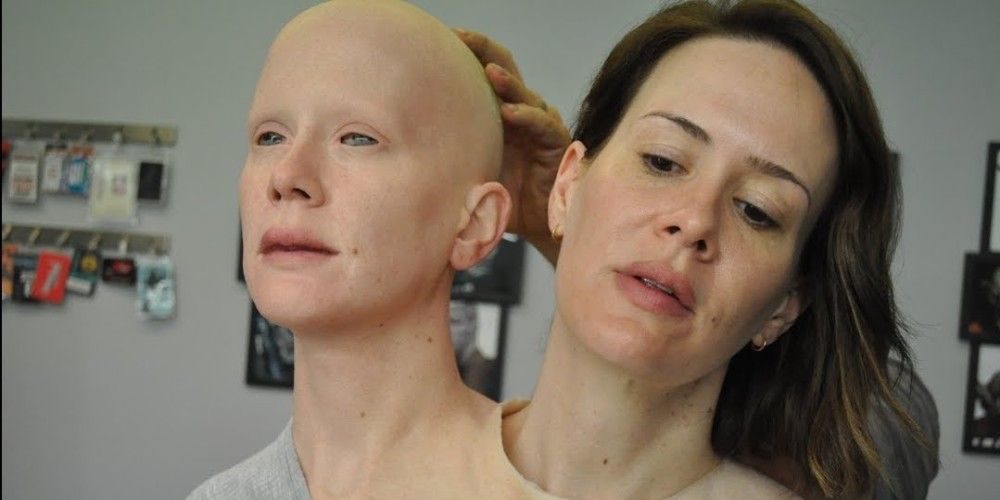
Jessica Lange’s character wears some pretty elaborate outfits made of fur, leaves, and all manner of prints. Many of her dresses have insanely long trains, which are time-consuming to make. Not only did the costumes take hours to make, but they also took hours to film in.
Sarah Paulson’s character may not have looked like she spent much time in the makeup chair compared to other characters like Lobster Boy, but her scenes took 12-5 hours to film, with the use of a special harness, corset, and green screen effects.
JESSICA LANGE DESIGNED ELSA MAR’S WARDROBE
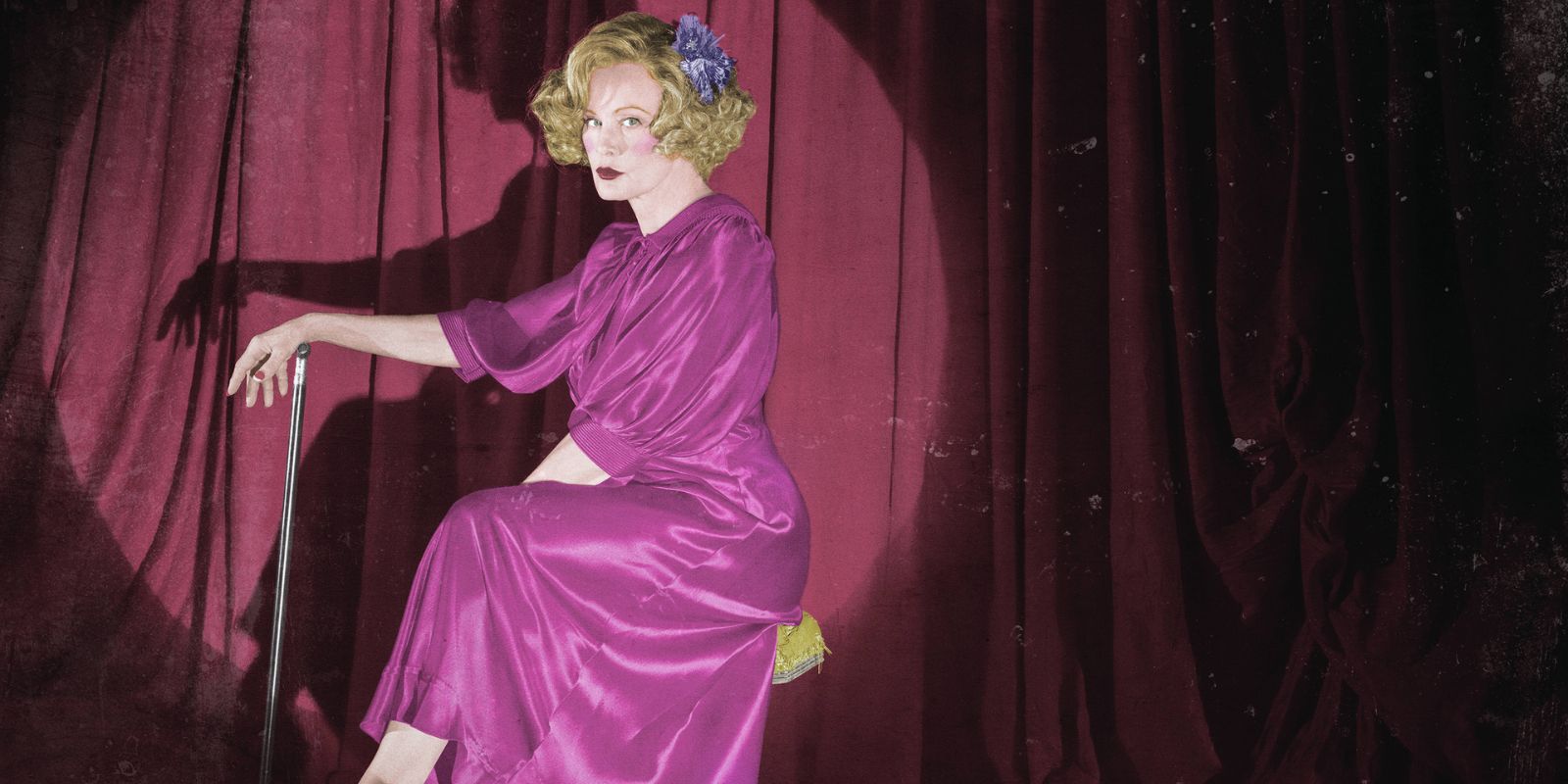
American Horror Story co-creator Ryan Murphy and Jessica Lange formed a fast friendship during Season 1 of the series, and ever since then, Lange has had a major influence in a variety of aspects of the show. From writing to cinematography to costumes, her particular eye for style was consulted by Murphy.
She has always had a particular love for the circus, especially during its heyday in the ’50s, so Murphy and Lange developed the character of Elsa Mar. Lange assisted in designing her wardrobe, including gowns made to resemble red and white striped circus tents.
DANDY MOTT DRESSED LIKE SOCIETY OF THE DAY
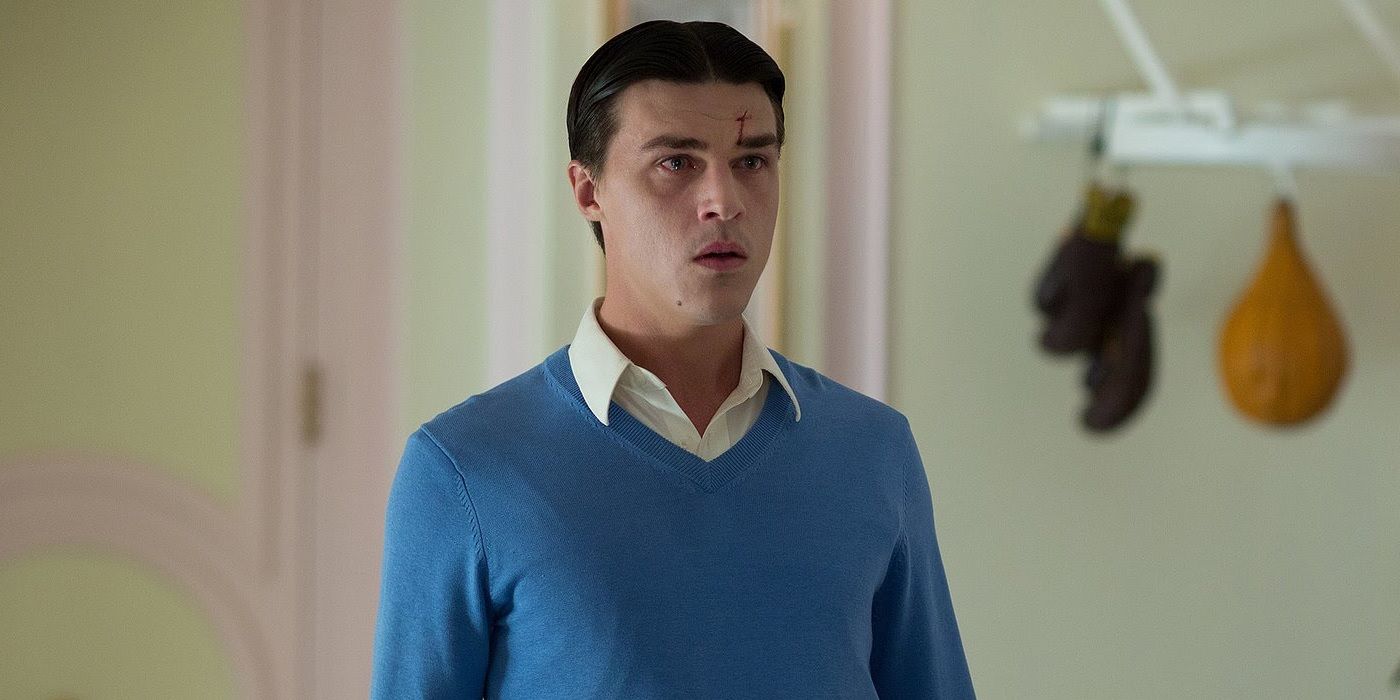
Season 4 takes place in Jupiter, Florida, in the ’50s, and as such retains some of the hallmarks of mid-century modern America, such as pastel shades in cars, clothing, and houses. The character of Dandy Mott, his mother Gloria, and the entire Mott family were based on aristocratic society of the area.
His clothing was meant to evoke a “dandy” like his name suggests, with whimsical colors, stripes, and strong patterns indicating his playfulness as well as his boldness. He was meant to look like Robert Preston in The Music Man, if Preston’s Music Man turned out to be a serial killer.
TWISTY’S COSTUME WAS BASED ON A SERIAL KILLER
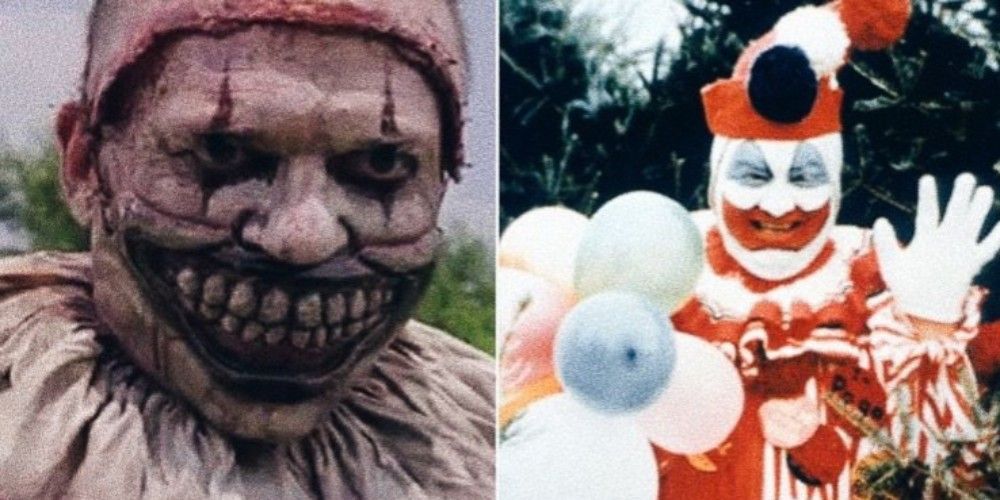
Twisty the Clown left a sinister and gruesome impression on Freak Show. The large clown with the frightful face seemed to be one giant walking paradox. Unlike most clowns, his presence never had the effect of making anyone happy (which is probably why the National Clown Association was upset by the character).
Twisty’s appearance was based on John Wayne Gacy, a serial killer who used to dress up as “Pogo the clown” to perform at children’s parties. He used it as a means to be around large groups of children, from which he’d select his victims, murder them, and bury them beneath the floorboards of his house.
SARAH PAULSON’S COSTUME WAS THE MOST DIFFICULT
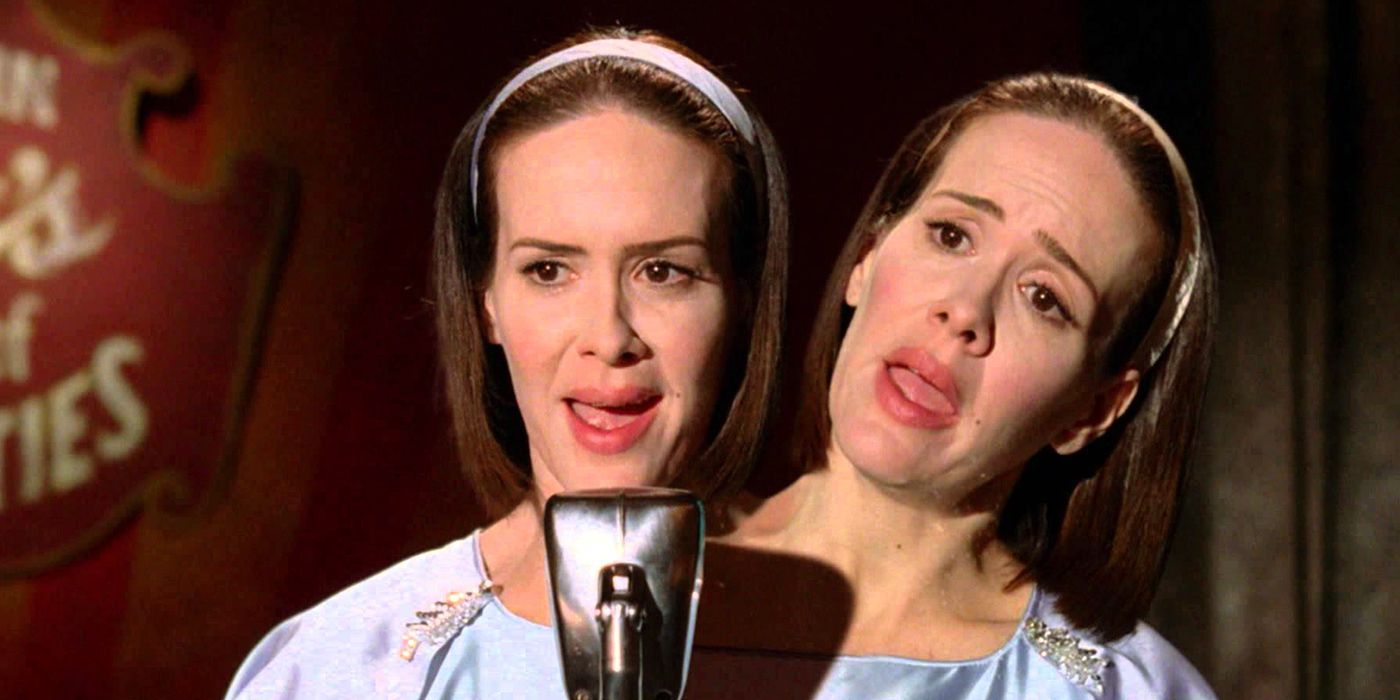
When creating the costume for Sarah Paulson’s character with two heads, Lou Eyrich had to be very careful to make the clothes fit naturally on her body. Paulson is a slight actress, and was required to look like a woman that had a strong enough build to support two heads.
Eyrich had to fit all of Paulson’s costumes around the harness she was forced to wear for every scene she was in. Not only did the costumes have to fit adequately, they needed to look fashionable and represent the character wanting to be desirable to men.

